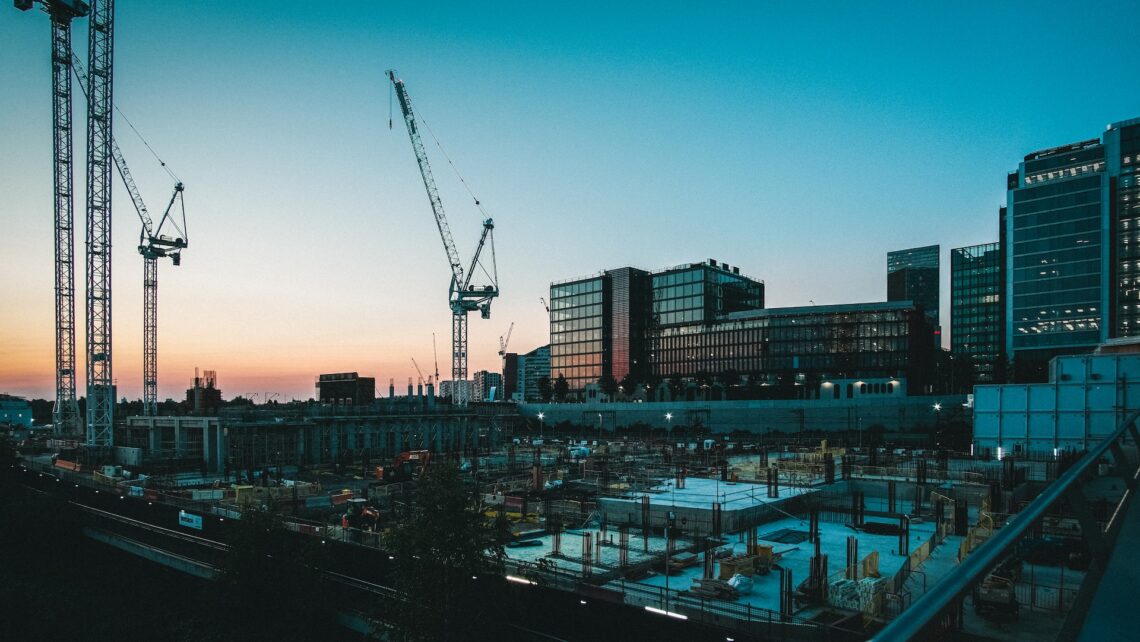
How To Protect Surfaces and Enhance Safety on Construction Sites
In the dynamic world of construction, safety reigns supreme. Not only is it a matter of safeguarding the welfare of those working on-site, but it’s also about preserving the integrity of the property and the materials being used. From concrete floors to delicate fixtures, every surface needs protection from potential harm. Beyond surface protection, ensuring a safe environment on construction sites requires a blend of vigilance, effective tools, and quality materials. Enhance safety on construction sites now.
Protecting Surfaces: A Must-Do
Anyone who’s been involved in a construction project knows that accidents can happen in the blink of an eye. A spilt bucket of paint, an errant swing of a hammer, or the constant traffic of heavy boots can lead to unexpected damages. When surfaces aren’t adequately protected, these minor mishaps can lead to costly repairs and delays.
- Temporary Protective Materials: This is where ADA Fastfix Correx comes into play. Materials like this are designed to offer a robust protective layer on floors, walls, and countertops. They are easily applied and removed, making them a convenient option for quick projects or long-term constructions.
- Regular Inspections: Another way to ensure surfaces remain pristine is by conducting regular checks. Assign a team member to inspect protective materials, ensuring they’re still in place and serving their purpose.
Safety Measures: More Than Just Surface-Level
Beyond surface protection, it’s crucial to adopt comprehensive safety measures for the entirety of the construction site.
- Clear Signage: The importance of clear signage cannot be overstated. From hazardous areas to equipment storage, signs should be easily visible and understandable. This ensures that all workers, irrespective of their role, know where potential dangers lie.
- Training and Briefings: Before initiating any project, it’s vital to conduct safety training and briefings. Familiarise workers with the tools they’ll be using, the protective measures in place, and what’s expected of them in terms of safety protocols.
- Personal Protective Equipment (PPE): Helmets, safety goggles, high-visibility vests, and steel-toed boots are just a few of the essential PPE that workers should wear. Depending on the nature of the construction, additional gear like earplugs, face masks, or gloves might be required.
- Emergency Protocols: Every construction site should have an emergency protocol in place. This includes a clear evacuation plan, accessible first-aid kits, and trained personnel who can administer first aid if necessary. Enhance safety now.
A Collective Responsibility: Enhance safety
Safety on construction sites isn’t solely the responsibility of the site manager or the main contractor. It’s a collective duty. All parties involved, from labourers to architects, have a role to play. When everyone is vigilant, informed, and equipped with the necessary tools and knowledge, the chances of accidents diminish significantly.
- Open Communication: Foster a culture where workers feel comfortable raising concerns or suggesting improvements. Open channels of communication can lead to the identification of potential hazards before they become major issues.
- Continuous Learning: The world of construction is always evolving. New materials, techniques, and tools emerge regularly. As such, continuous learning and adaptation are crucial. Regularly updating safety protocols and training ensures that the site remains as safe as possible.
In Conclusion
While construction sites are inherently filled with potential hazards, with the right approach and tools, these risks can be significantly reduced. Protecting surfaces goes hand-in-hand with broader safety measures to ensure that projects are completed without harm to people or property.
Remember, a safe construction site isn’t just beneficial in terms of health; it can also lead to smoother operations, reduced costs from damages or injuries, and a more motivated workforce. So, whether it’s using protective materials like ADA Fastfix Correx or ensuring every worker has the right PPE, every step towards safety is a step in the right direction.
Photo by Samuel Regan-Asante on Unsplash




